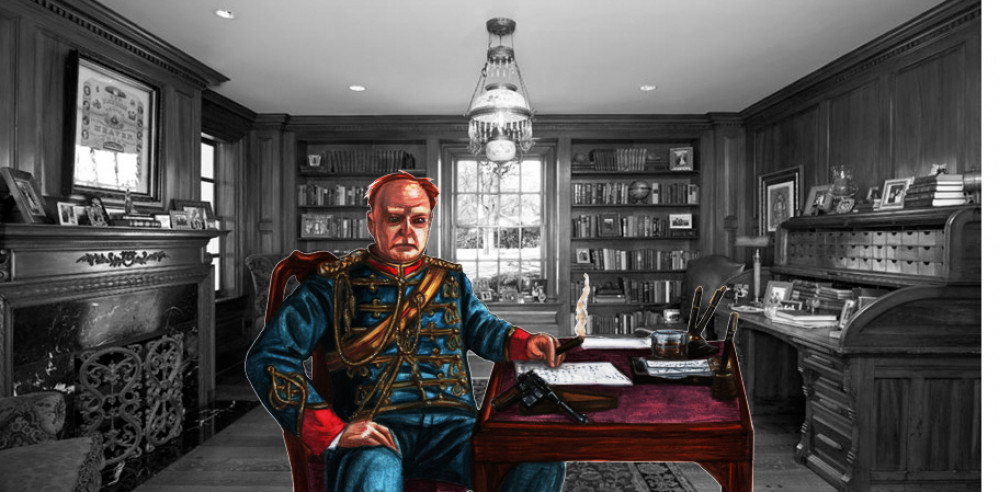
PanzerKaput's Illustrations
Background to 1938 A Very British Civil War, Part Two
Continuing with the final stages of my journey around the world of 1938 A Very British Civil War today I bring you more about the background to why the civil war started.
The Empire and Nation Fragments
King Edward VIII’s decision to marry Simpson caused a crisis not just in England but across the Empire as well. In Australia and New Zealand the Governments fell and new elections were called. The nationalist Governments of South Africa and Ireland used it as a pretext to finally separate themselves from Britain and the Commonwealth. De Valera, the Irish Prime Minister, also used it as an opportunity to send troops into the Province of Ulster, purportedly to help restore order and protect Eire’s borders but in effect to annex the north. The King’s brothers and their families, unwilling to become embroiled in the political furore retreated to Canada.
In India the crisis gave the independence movement cause for joy. With the British government in crisis they felt sure that they would have a freer hand. The Viceroy saw what was coming and with skilful diplomacy managed to work with the Congress to maintain the status quo during the early days of the crisis.
The fragmentation of Edward’s realm did not take place entirely overseas. Edward’s decision to marry Wallis Simpson caused a split in the Anglican Church with a majority of the Church Assembly, led by the Bishops of Hull and Bath and Wells, declaring the King unfit to act as the head of the church and forming an Anglican League aimed at replacing him with his eldest brother.
This in turn led the General Assembly of the Scottish Kirk to form a Council of State (made up of MPs, Peers, civic dignitaries and army officers from Scottish regiments) which, using the medieval Declaration of Arbroath as its template, announced that Edward was an unfit King and that Scotland would no longer recognise his rule nor that of the London Parliament. It went on to call upon all Scotsmen to assist in removing the taint of Fascism from Scottish soil. The regiment of the Scots Guards were welcomed back with honour and a number of Scottish regiments followed their example, mutinying en masse. Those battalions not serving overseas were led by their Colonels and, acting with the local authorities, forcibly disarmed and expelled the British Union of Fascists and Auxiliaries. By the end of 1937 the Council had officially closed the border with England.
Wales became divided. In the north a long tradition of anti-English sentiment formed the basis for a Welsh independence movement which sought to replace the Crown with a Welsh Republic. In the South however the sentiment was far less strong and, whilst many were unhappy with the King both on religious grounds and over the appointment of Mosley, the instinct was to remain loyal to the Crown. Edward’s advisers wanted to maintain access to Welsh Coal stocks but still treated the Welsh with suspicion fearing a repeat of the Scottish Crisis. The disbanding of the Welsh Guards heightened tension following the assassination attempt on the Royals. But in Edwin Lloyd-James, Mayor of Cardiff the south of the Principality found a leader who had insight and ability and who was prepared to be completely ruthless. Seeing how far things were deteriorating in the Principality, with the North in the hands of the nationalists, Westminster making noises about sending in troops from London and many of the mining villages setting themselves up as independent socialist communes, he welcomed home the Welsh Guards with a parade and had them based at Cardiff Castle. Their pay was picked up by the City and as far as possible their honour was restored. In return Lloyd-James had a superior military unit under his direct control ready to respond to any Nationalist threat.
Liverpool and Cornwall
Meanwhile the Nationalists had not been slow in organising, and were receiving considerable support from across the Irish Sea. Irish Republican volunteers travelled to Anglesey to meet Welsh leaders. This marked the start of a regular traffic of volunteers and advisers keen to open a second front against the British. Sympathetic individuals within the Irish Government and army were also prepared to covertly supply the Nationalists. As the guerrilla war began Nationalists infiltrated the south, attacking economic targets. The Guards provided a good defence but inevitably some operations succeeded and put further economic pressure on the south. As the first Irish prisoners were taken Lloyd-James realised this was now more than a simple internal struggle and he needed to find a way to take the war back to the Nationalists rather than remaining on the defensive. As a result he entered into talks with the Irish right-wing Blueshirts organisation. Although not any more positive towards the British Government than the Republicans, the Blueshirts welcomed the encouragement to continue their fight against the Irish Government and IRA onto Welsh soil. Consequently companies of Blueshirts were let loose in north Wales with the mission to hunt down the Nationalists and their Republican allies. A long and bitter conflict began, but it moved some of the focus away from the vulnerable south giving Lloyd-James a breathing space allowing him to turn his attention to the smaller but well entrenched socialist miners’ militias.
In Liverpool there had been considerable protest against the British Union of Fascists, culminating in a Dockers’ strike with men refusing to unload supplies and goods destined for the regime. British Union of Fascists units from Manchester arrived to break the strike and take over the city council.
Led by Socialist Mayor Henry Walpole large numbers of demonstrators took to the streets to oppose the Fascists. Peaceful protest turned to pitched battles and the Fascists soon found themselves outnumbered and driven back. The British Union of Fascists leaders called for support from Auxiliary Constabulary, but when these too gave way the army was called for. The Liverpool Regiment were the first on the scene. Ordered into the city centre they faced a crowd of several thousand still led by the Mayor. When the crowd refused to disperse the order was given to open fire. The officers of the Liverpool Regiment hesitated and then ordered their men to stand down. At this point a delegation of officers approached the Mayor and offered their services to the people of Liverpool. Not all military units followed the Liverpool Regiment, some returned to their barracks whilst others continued to support the British Union of Fascist and Auxiliaries. Liverpool’s mayor declared it a Free City, arguing that it would not participate in the madness of the rest of the country.
In scenes mirrored across the counties of England Cornwall had split into a variety of small factions. Civic and religious communities were split over loyalty to the Crown. A minority still backed the king but could not support a British Union of Fascist government, while a more vocal majority argued to follow Scotland and Liverpool in seeking independence. Police units proved totally incapable of checking an increasing spiral of violence and so the Duke of Cornwall’s Light Infantry were deployed along the Tamar with the mission of keeping the factions apart.
A nationalist militia was formed and became known as the Army for Cornish Liberation or the Kernow Liberation Army. In response Royalist agents supported the more pro-Edward party by creating a rival Cornish Democratic Royalist Party with its own militia.































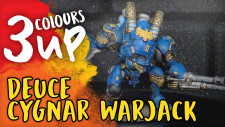









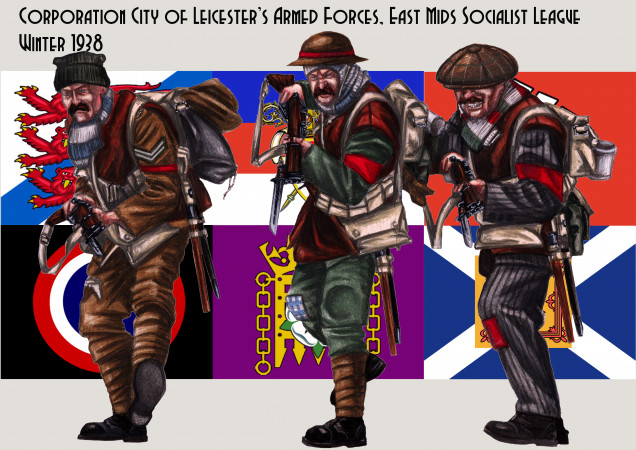

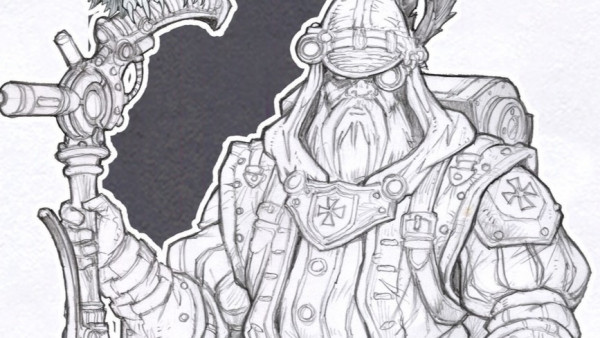
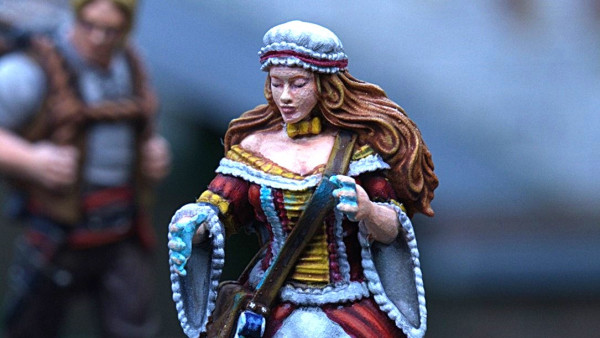
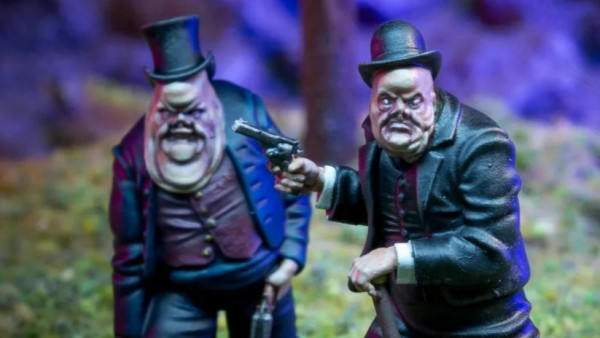


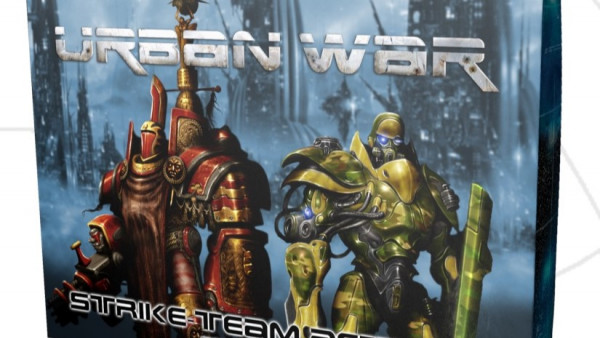
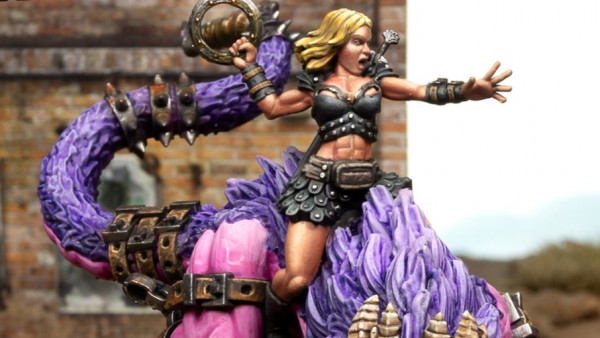
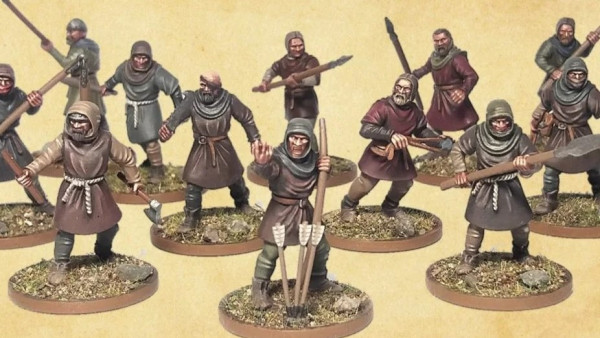




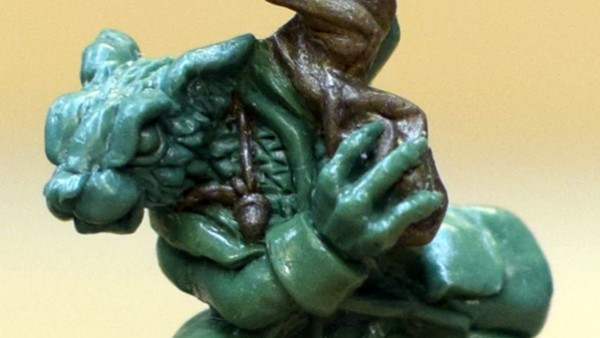


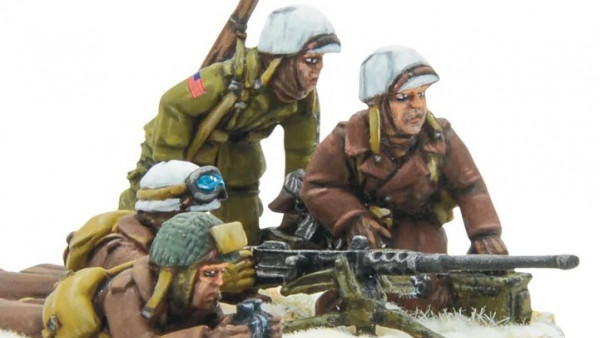
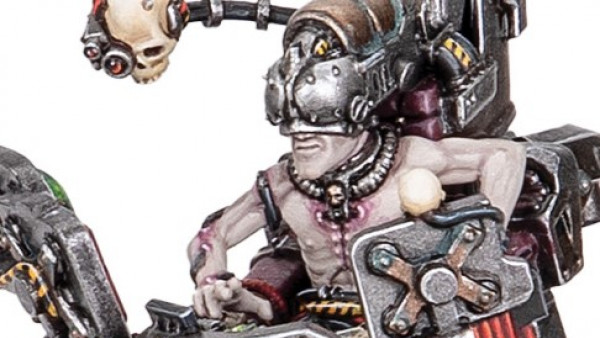
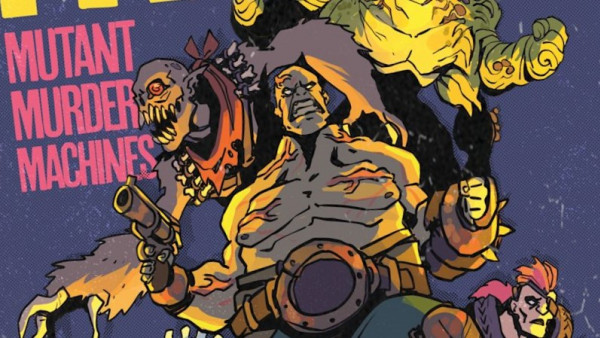

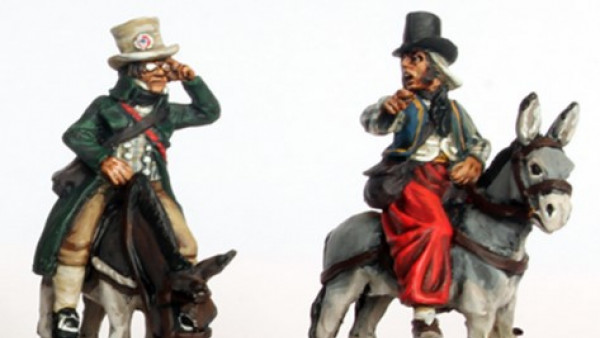
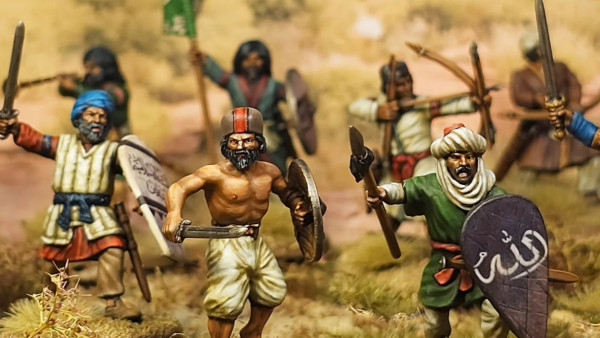

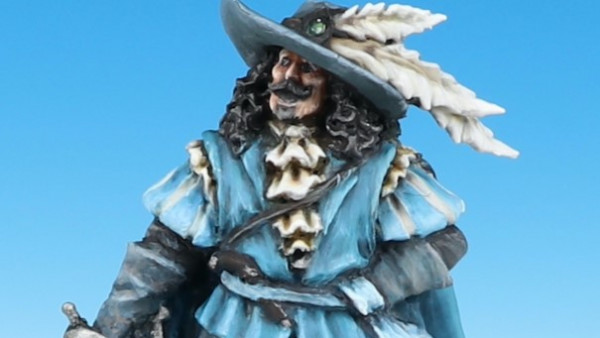
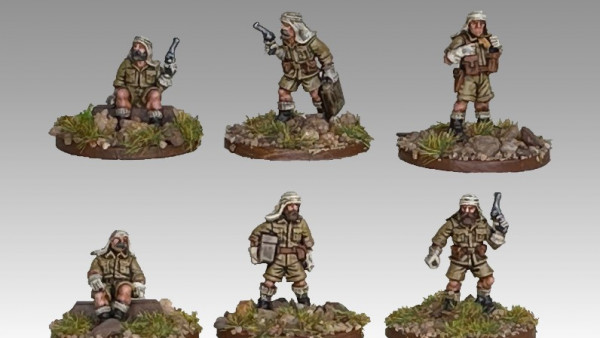
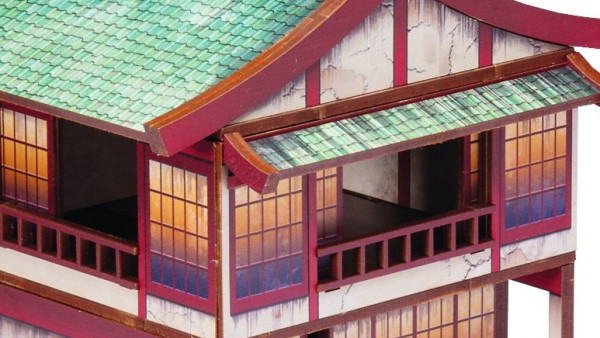


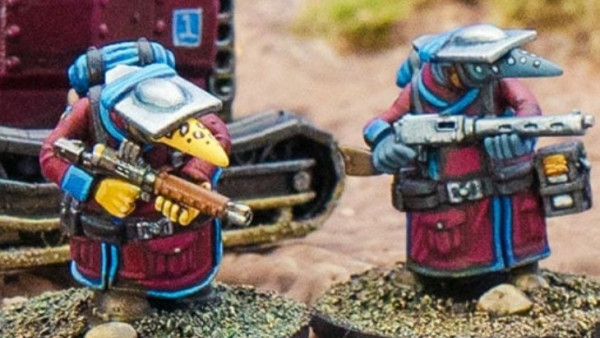
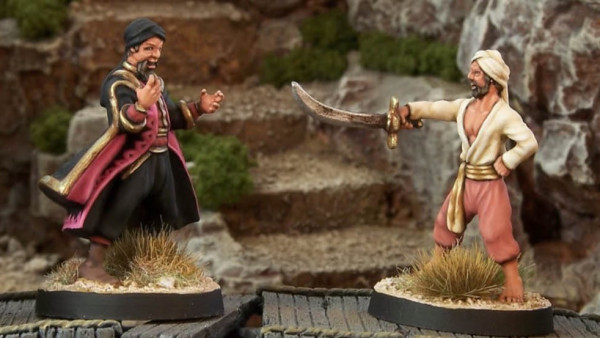



Leave a Reply